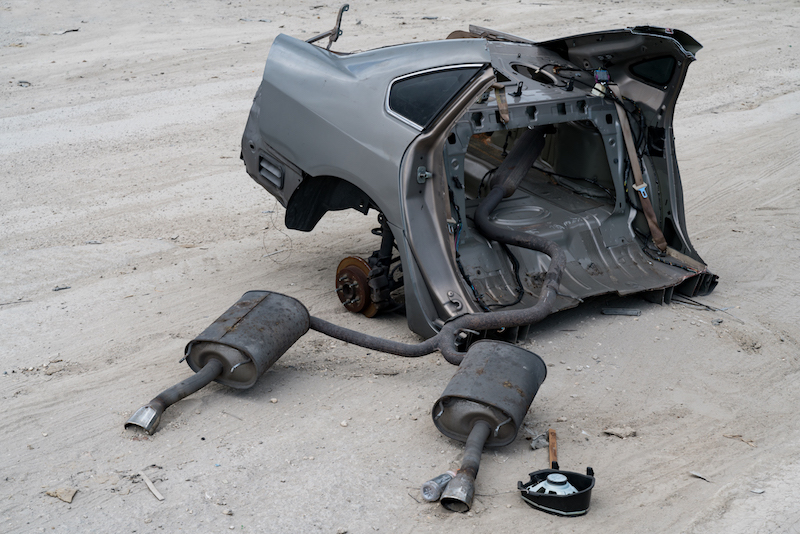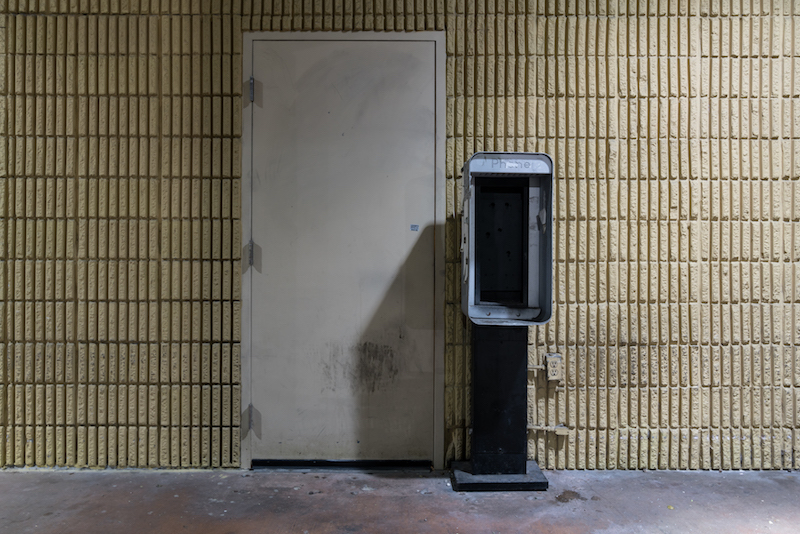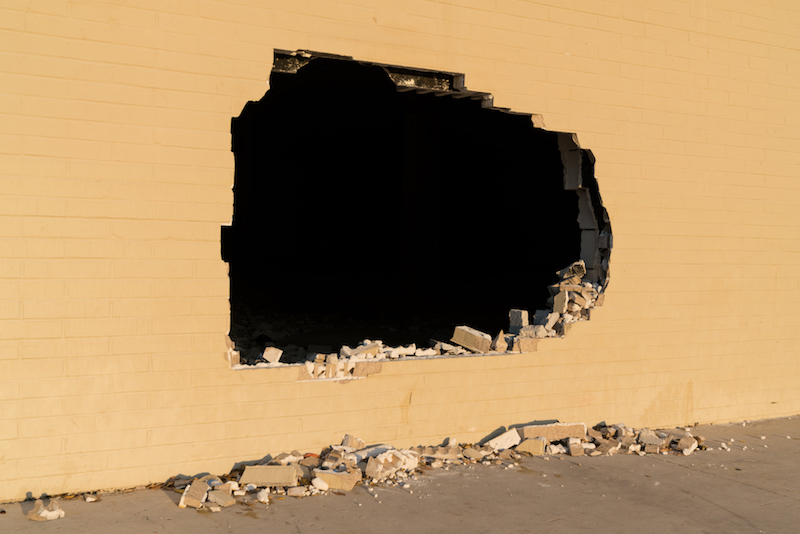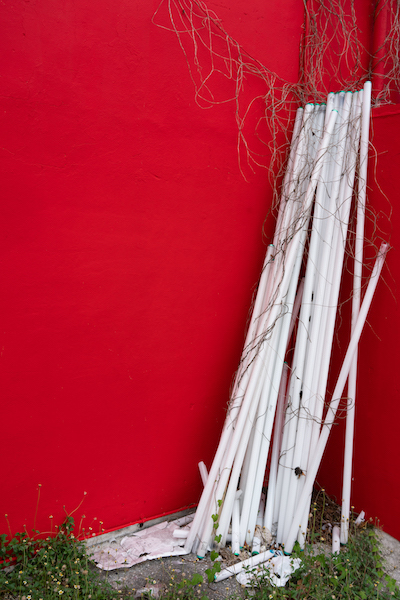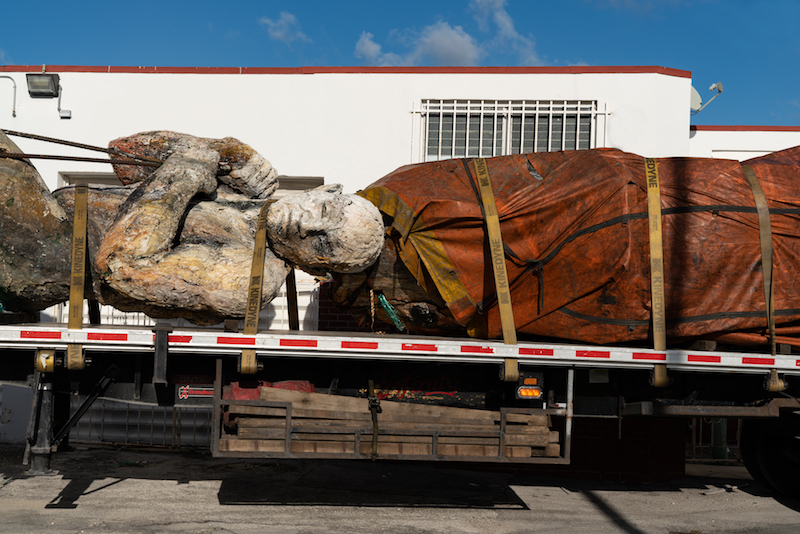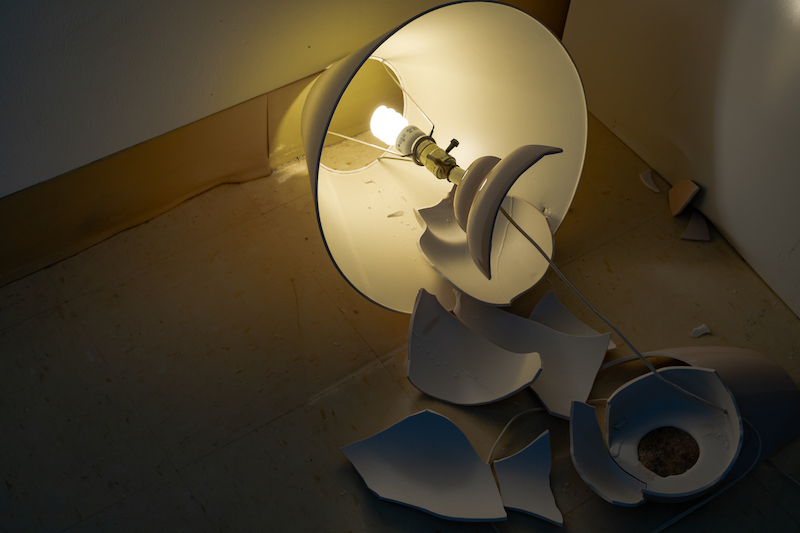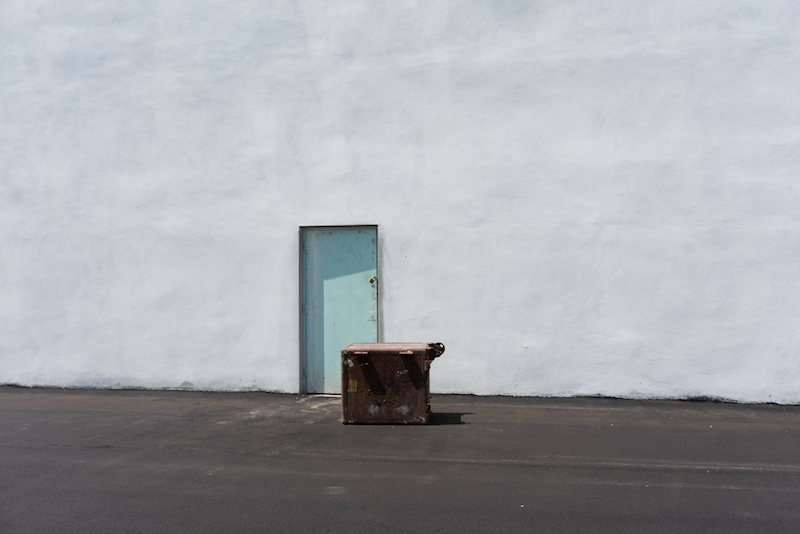Framed Sculptures
The photographs in this series were taken between 2017 and 2019 during photowalks in Miami and New York City. None depict actual sculptures, of course — though in retrospect, reflecting on the process, it is possible to connect my impulse to take the photographs in the way that I did to my appreciation for the tradition of readymade sculptures and found art. Indeed, the idea of the readymade sculpture must have crept into mind when I was out and about, working my way through the urban landscape.
I think one of the most amusing pieces of readymade sculpture is Marcel Duchamp’s 1917 Fountain, the now iconic urinal he signed not with his own name, but with the pseudonym “R. Mutt.” I love the irreverent multilayered humor of the piece, the ironic title, and especially the consequences of the change in context–the urinal moved from a men’s lavatory to The Grand Central Palace in New York City, where, amidst much controversy, it was first shown. Duchamp was able to turn one of the lowliest of all objects into one of the most important sculptures of the 20th century.
Many artists, before Duchamp and after, have understood the importance of context. It could be argued that throughout time all artists have. But not all have deliberately made context a work of art’s primary subject or used it so cleverly. Like Duchamp, the Pop artist Andy Warhol comes to mind as one who did too. Especially when I consider his deadpan, screen-printed Brillo pad boxes, tongue-in-cheek sculptures that reference, copy, and comment on the ubiquity of mass-produced products and consumer culture. Warhol manipulated context to shape meaning, playfully raising the question, “What is art?”
Another one of my favorite artists, Joseph Cornell, took a different approach, and he assembled objects found in junk yards, thrift stores, and trash bins to create his enigmatic, surreal boxes which are part collage, part sculpture. I am particularly attracted to the ways in which he mixed media and crossed genres. Interestingly, to me as a photographer who must rely on a rectangular camera viewfinder, he used boxes to frame and organize his found objects. Photographers have a similar constraint, as the viewfinder forces us to make decisions about what can and cannot be included in a picture.
What these photographs all have in common is the extraction of an object from a decaying and dissembling urban environment. It might be an old radiator, a rusting car, or a shattered piece of glass. These objects all had meaning and were integrated into someone’s life. They may be “readymades” in the Duchampian sense, but they are also shadows of relationships and actions that are now lost to the past.
I like to think of the photographs in the series as framed sculptures, for it is the camera’s rectangular viewfinder, and ultimately the edges of the photograph, that frame the subject matter and shapes the context. It’s the viewfinder that causes the objects depicted within to be seen differently than how they would otherwise be regarded in the real world. The series reminds me that the camera, which is uniquely able to capture a specific moment of time, can also be used, depending on the photographer’s selection of detail, to influence meaning and to create something new.
All photos © Scott Brennan

